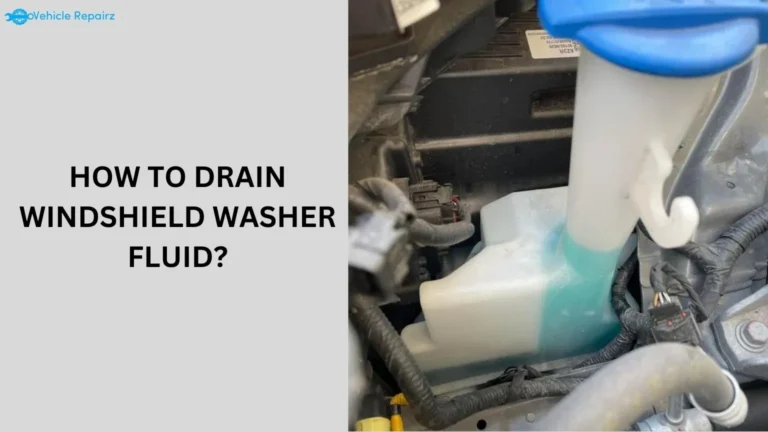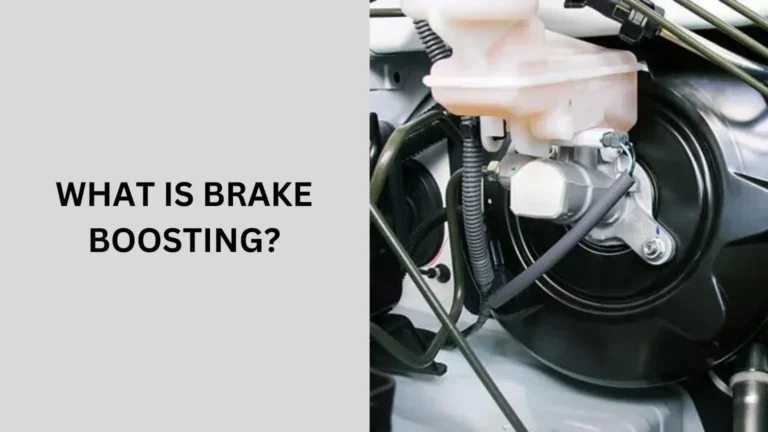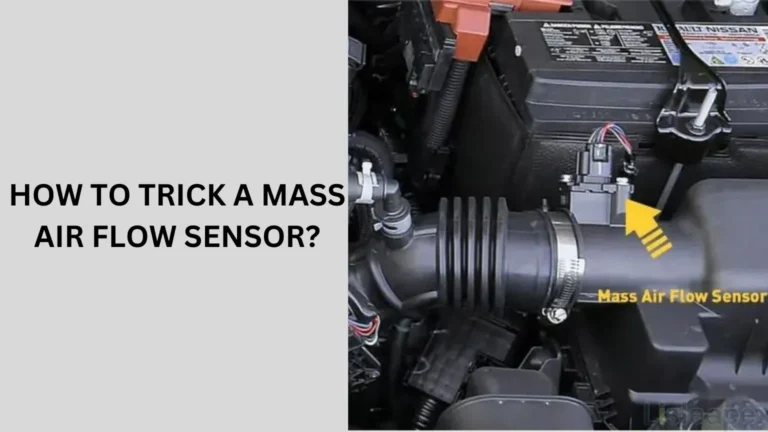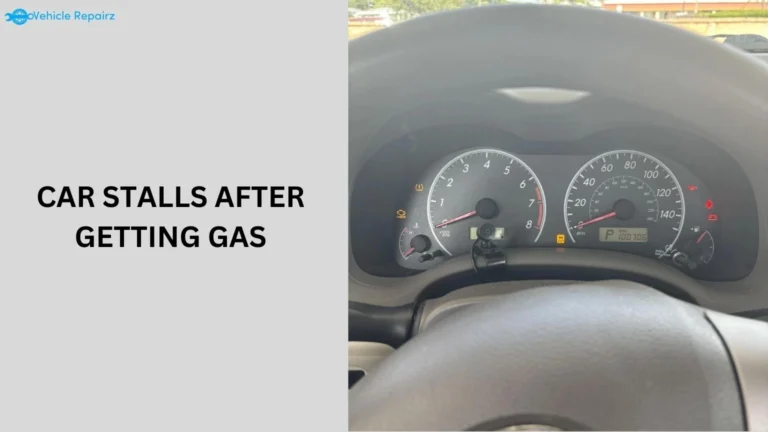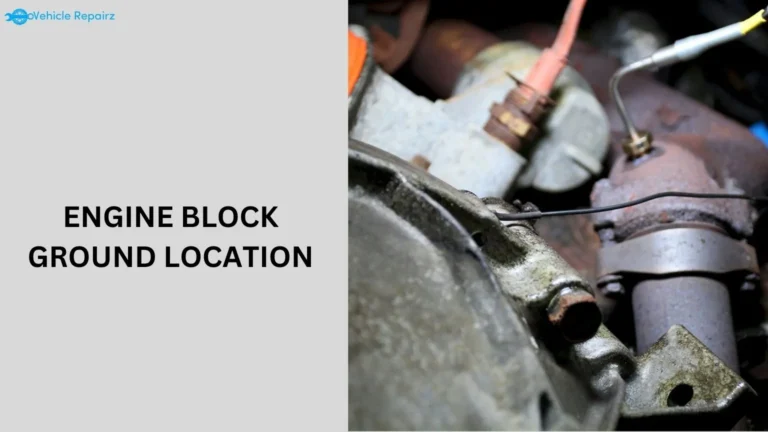What to Do After Replacing Mass Air Flow Sensor? (Guide)
Replacing a mass air flow (MAF) sensor is an essential maintenance task for your vehicle’s engine performance. If you’ve just swapped out the sensor and are wondering what’s next, this guide is for you.
In this article, we’ll cover What to Do After Replacing Mass Air Flow Sensor? and provide insights into how to ensure your vehicle runs smoothly after the installation.
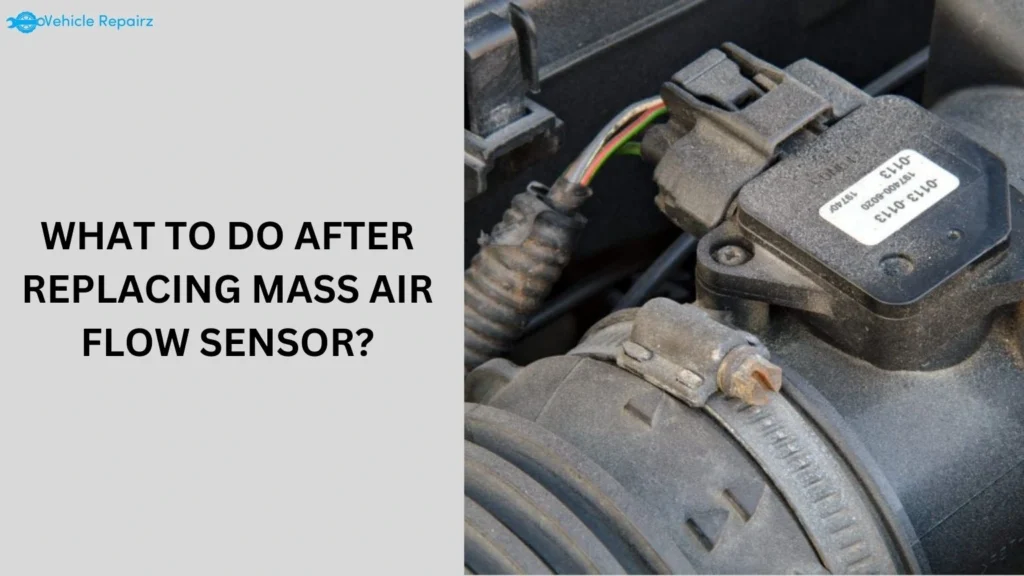
Why Is the Mass Air Flow Sensor Important?
The mass air flow sensor measures the amount of air entering the engine, allowing the car’s engine control unit (ECU) to adjust the fuel-air mixture for optimal performance.
If this sensor malfunctions, it can lead to poor engine performance, decreased fuel efficiency, and increased emissions. Hence, replacing a faulty MAF sensor is crucial.
What to Do After Replacing Mass Air Flow Sensor?
Now that you’ve replaced the sensor, follow these steps to make sure everything runs smoothly:
1. Reset the ECU (Engine Control Unit)
One of the first things to do after replacing the mass air flow sensor is to reset the engine control unit (ECU). The ECU stores data from the old sensor, and failing to reset it might cause performance issues.
How to Reset the ECU:
- Disconnect the negative terminal of the car battery.
- Wait for about 10-15 minutes.
- Reconnect the battery.
- Start the car and allow it to idle for a few minutes.
Resetting the ECU will allow the system to recalibrate with the new MAF sensor, providing more accurate readings for better performance.
2. Inspect the Air Filter
Before driving off, it’s wise to inspect the air filter. A dirty or clogged air filter can cause inaccurate readings even with a new mass air flow sensor. If the air filter is dirty, replace it to avoid introducing debris into the sensor and potentially damaging it.
3. Check for Air Leaks
After installing a new MAF sensor, you should also check for any air leaks in the intake system.
An air leak can disrupt the airflow readings, making your sensor less effective. Make sure the air intake hose is securely fastened and there are no cracks or loose connections.
4. Start the Engine and Check Idle
After replacing the MAF sensor and resetting the ECU, start your engine. Let it idle for a few minutes to allow the system to adapt. Monitor how the engine behaves—does it idle smoothly, or are there any rough patches?
5. Test Drive the Vehicle
Once the engine idles smoothly, take the car for a test drive. This allows the ECU to gather real-time data from the new sensor and make necessary adjustments.
During the drive, keep an eye out for:
- Hesitation or sluggish acceleration
- Stalling or engine misfires
- Check engine light coming on
If any of these issues arise, it might indicate that the sensor wasn’t installed correctly, or another issue is at play.
6. Monitor Fuel Efficiency
One of the key benefits of a working MAF sensor is improved fuel efficiency. After driving with the new sensor for a few days, take note of your fuel consumption. If your fuel economy improves, the sensor is functioning properly.
7. Perform a Diagnostic Scan
To ensure everything is working fine after replacing the mass air flow sensor, you can use an OBD-II scanner to check for any error codes. If the check engine light comes on, plug in the scanner and check for codes related to the MAF sensor or other components.
Common Issues After Replacing the Mass Air Flow Sensor
Even after replacing the sensor, you might encounter some issues. Here’s what to look out for and how to address them:
1. Check Engine Light Still On
If the check engine light remains on after replacing the sensor, you might not have reset the ECU properly. Try resetting it again or run a diagnostic to pinpoint the issue.
2. Poor Engine Performance
If your car still exhibits poor performance after installation, it could indicate:
- A faulty or incorrect MAF sensor
- Other issues in the intake system, such as air leaks or a clogged throttle body
3. Rough Idle
A rough idle after replacing the MAF sensor could be caused by incorrect installation or additional problems like vacuum leaks. Double-check the sensor’s connection and make sure everything is sealed properly.
When to Consult a Mechanic
If you’ve gone through all the steps above and are still experiencing issues, it might be time to consult a mechanic.
They can run detailed diagnostics to see if there are underlying issues that need attention, such as problems with the fuel injectors, oxygen sensors, or throttle body.
People also ask
Do you have to reset anything after changing the mass air flow sensor?
Yes, after changing the mass air flow (MAF) sensor, it’s recommended to reset the engine control unit (ECU).
This clears any stored data from the old sensor and allows the ECU to recalibrate with the new MAF sensor.
To reset it, disconnect the negative terminal of the car battery for about 10-15 minutes, then reconnect it.
This ensures the system adapts to the new sensor and operates correctly.
What issues can occur after replacing a mass air flow sensor?
After replacing a mass air flow (MAF) sensor, you might encounter issues like:
Check Engine Light: The light may stay on if the ECU wasn’t reset properly or if there’s another underlying issue.
Rough Idle: This can occur if the sensor wasn’t installed correctly or if there are air leaks.
Poor Engine Performance: Problems like hesitation or sluggishness might indicate an incorrect or faulty sensor.
Reduced Fuel Efficiency: If the sensor is not functioning properly, it can lead to decreased fuel economy.
Should I disconnect the battery after changing the MAF sensor?
Yes, disconnecting the battery after changing the MAF sensor is a good idea. It helps reset the engine control unit (ECU), allowing it to recalibrate with the new sensor and ensure proper functioning.
How long does it take for a new MAF sensor to work?
A new MAF sensor typically begins working immediately after installation. However, it may take a few minutes of driving for the ECU to fully adapt and optimize performance with the new sensor.
Conclusion
Knowing what to do after replacing a mass air flow sensor is critical to ensuring your vehicle runs smoothly and efficiently.
From resetting the ECU to checking for leaks and testing performance, following these steps will help you get the most out of your new MAF sensor.
If any issues persist, don’t hesitate to seek professional help to avoid further complications.

